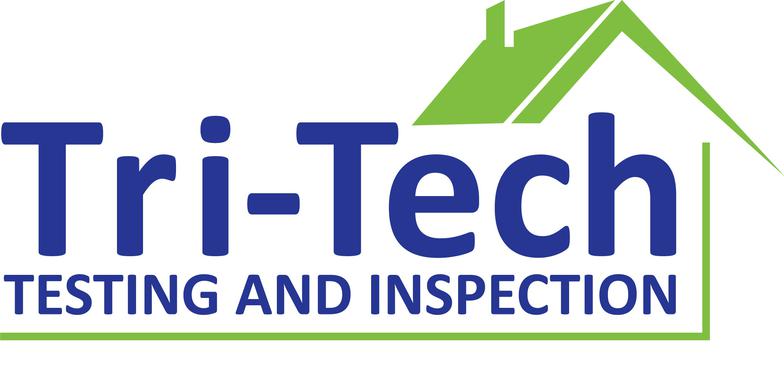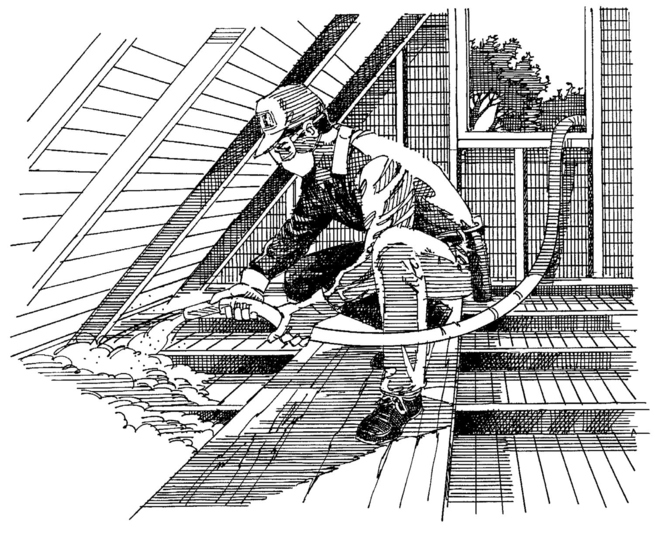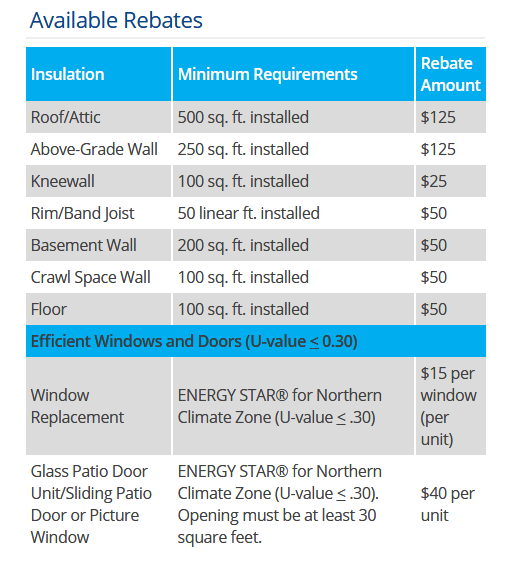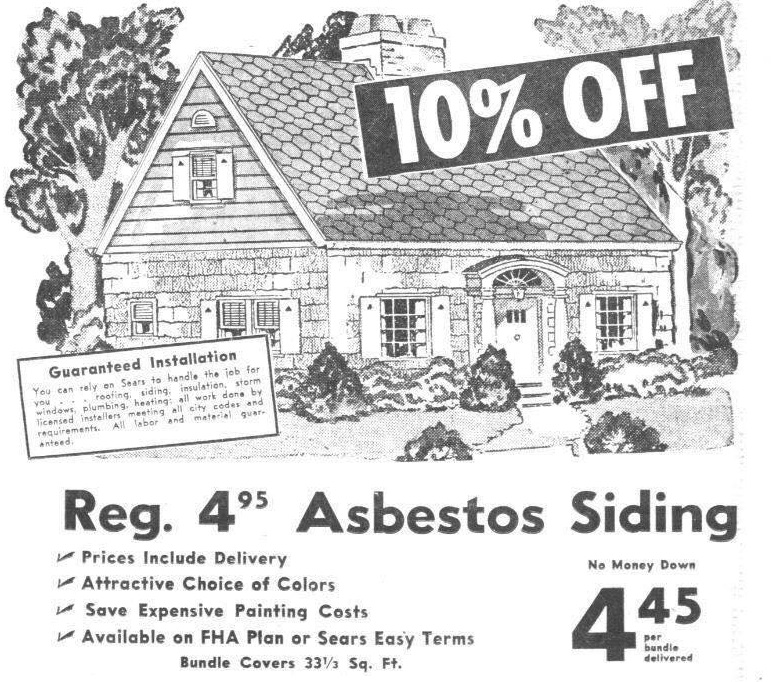(serving SE Michigan)

Interested in learning more?
Home Weatherization
Home weatherization projects are a worthy investment in your home. Certain types of asbestos can potentially affect these projects. Some precautions may be appropriate. Tri-Tech can help! Discuss the project with your weatherization contractor and find out if any asbestos or other types of testing may be required. "We Want You to Sell Less Power:" A Win for Consumers

A Michigan law passed in 2008 mandated an increase in energy efficiency. The law required utilities to work with customers to reduce overall demand by implementing and promoting energy efficiency measures like efficient light bulbs and programmable thermostats. Utilities comply by offering a variety of programs and incentives targeting residential and commercial buildings, including things like free or subsidized energy audits and rebates on appliances and weatherization improvements. Therefore, your local utility provider is a good starting point in gaining assistance in financing your weatherization project. However, state and federal government policy also drives goals in energy conservation, so be sure to research subsidies or tax-credits that may be available from governmental programs, often targeted towards lower-income households. Examples of Utility Rebates
DTE Energy (2018) Consumers Energy (2018)

This chart provides examples of rebates for mechanical system improvements:

This chart provides examples of DTE rebates for structural improvements:



Inspection and Testing for Weatherization
Tri-Tech can provide infra-red camera thermal mapping to identify hot and cold spots within the home for purposes of improving insulation or other weatherization. Weatherization projects typically require an inspection and testing of the areas involved for asbestos. This may include testing of drywall/joint compound , hard plaster or vermiculite insulation . In some circumstances, testing for lead paint may also be required.
Studies have shown that weatherization projects will save an average of 10% on the energy costs of heating and cooling!
One study found that installation of asbestos shingles on the outside of the home caused the nailpoints to drive asbestos debris inside the wall cavities of homes. Blowing insulation into the walls caused a release of fibers into the air of the home exceeding safe levels.
REQUEST INFORMATION
We will get back to you as soon as possible
Please try again later
Oak Park, Michigan USA
